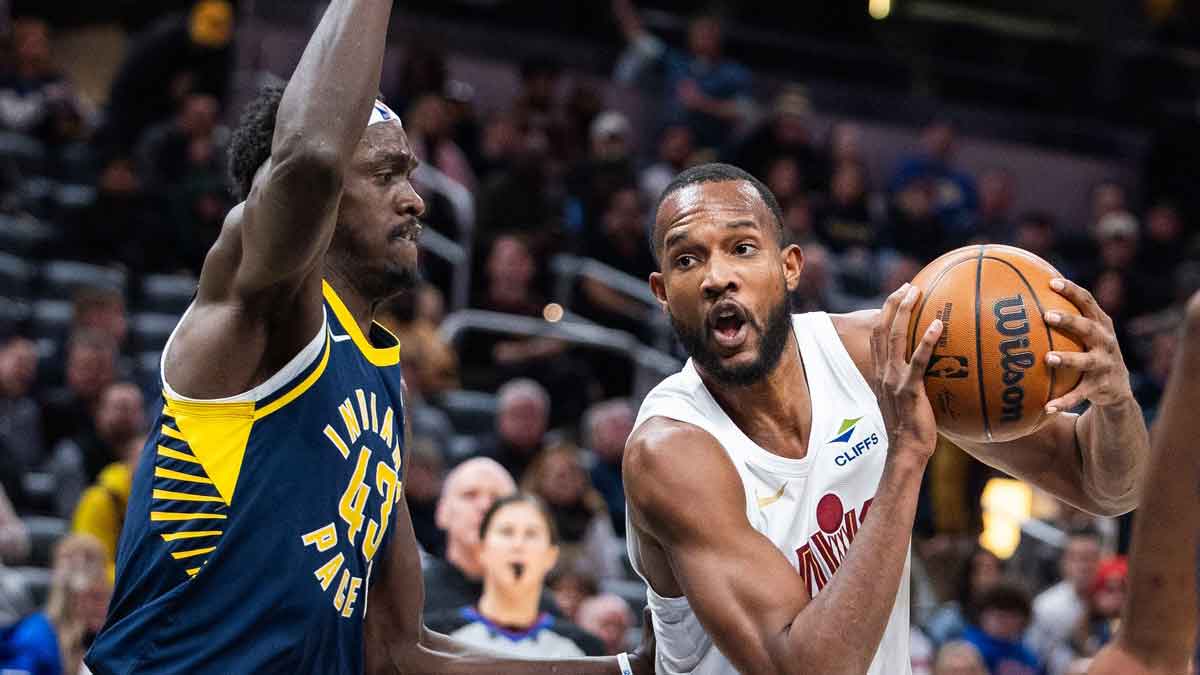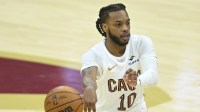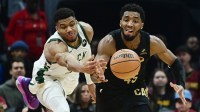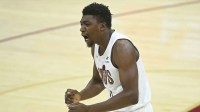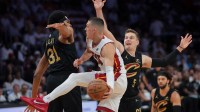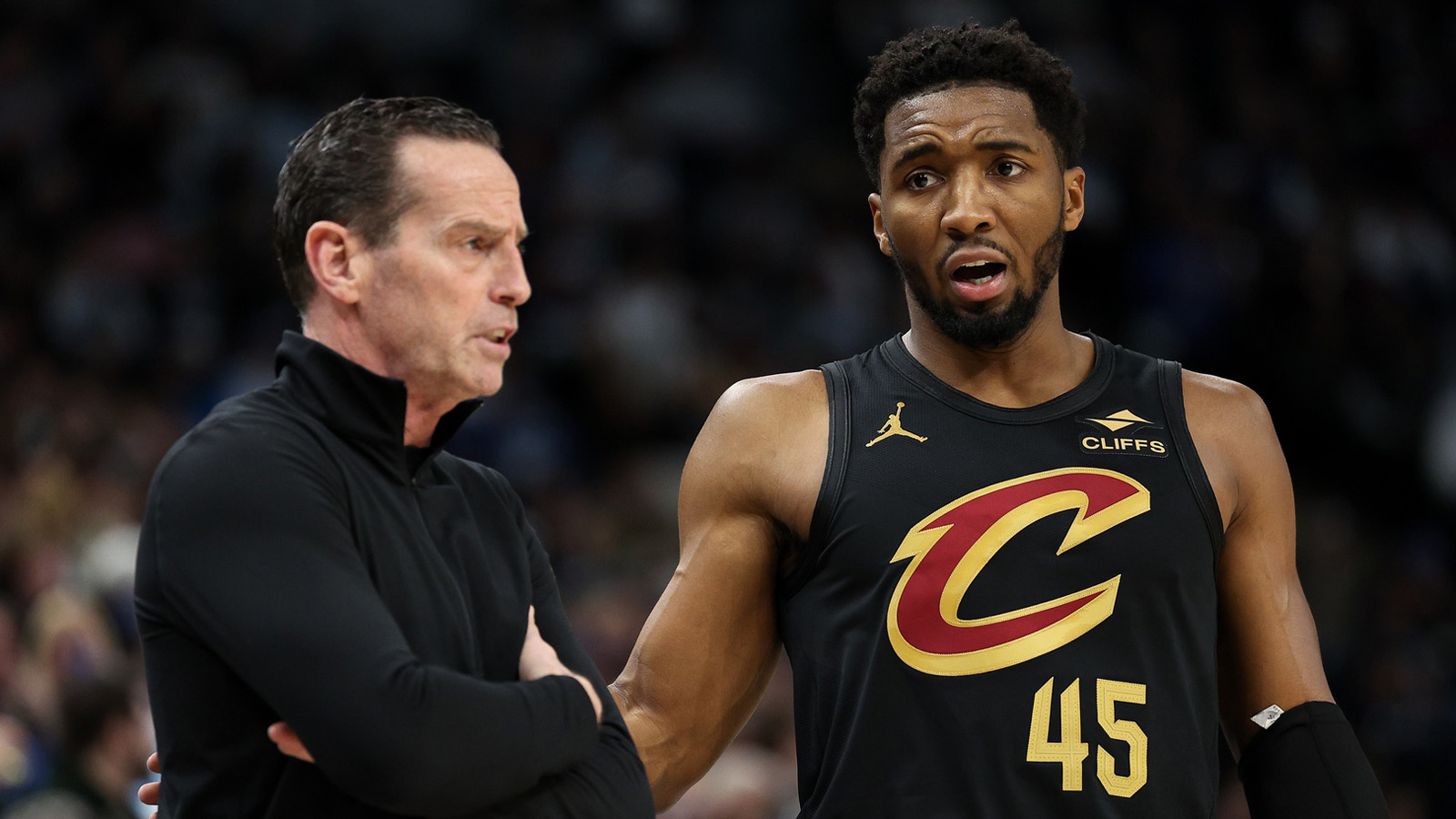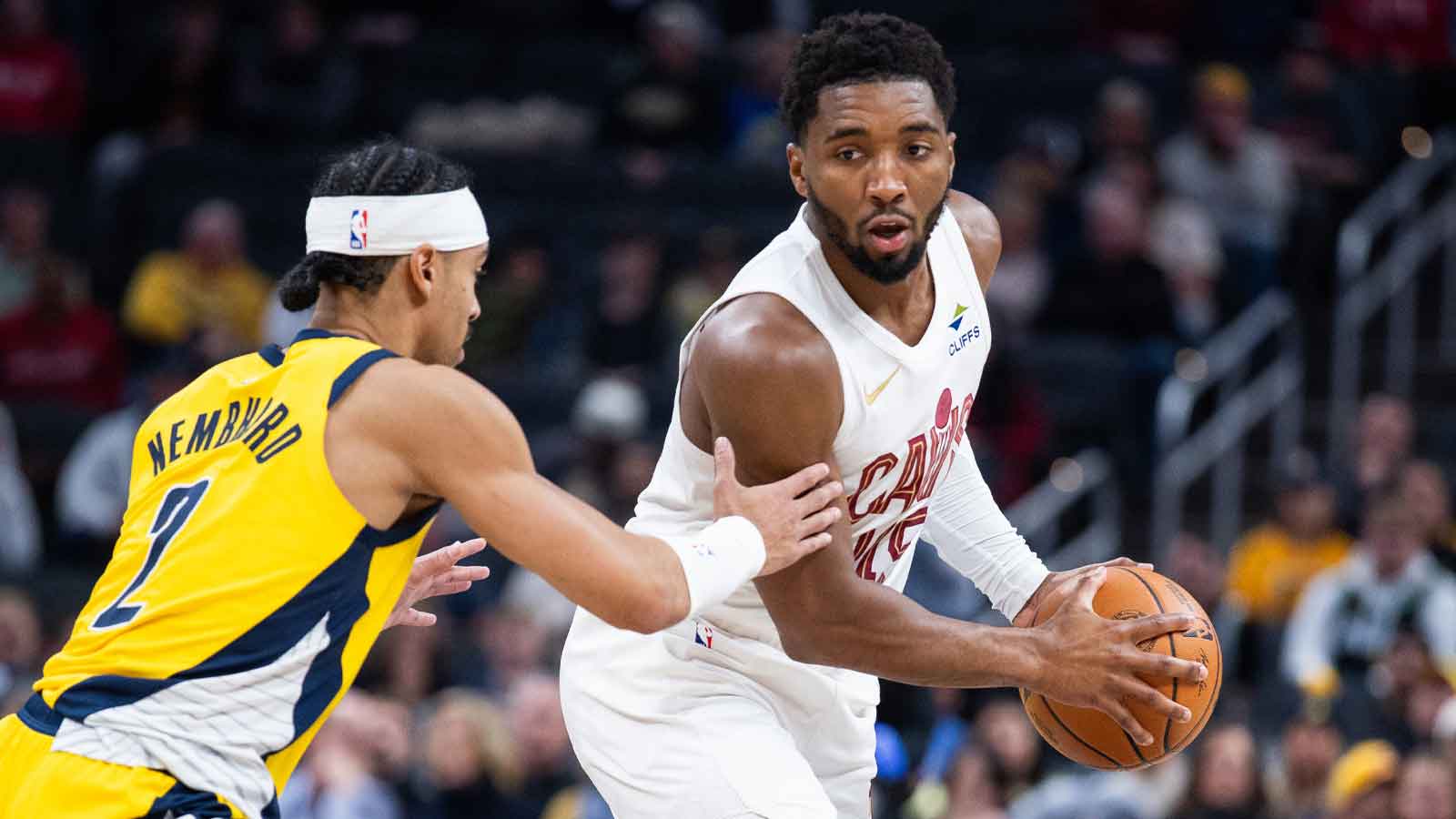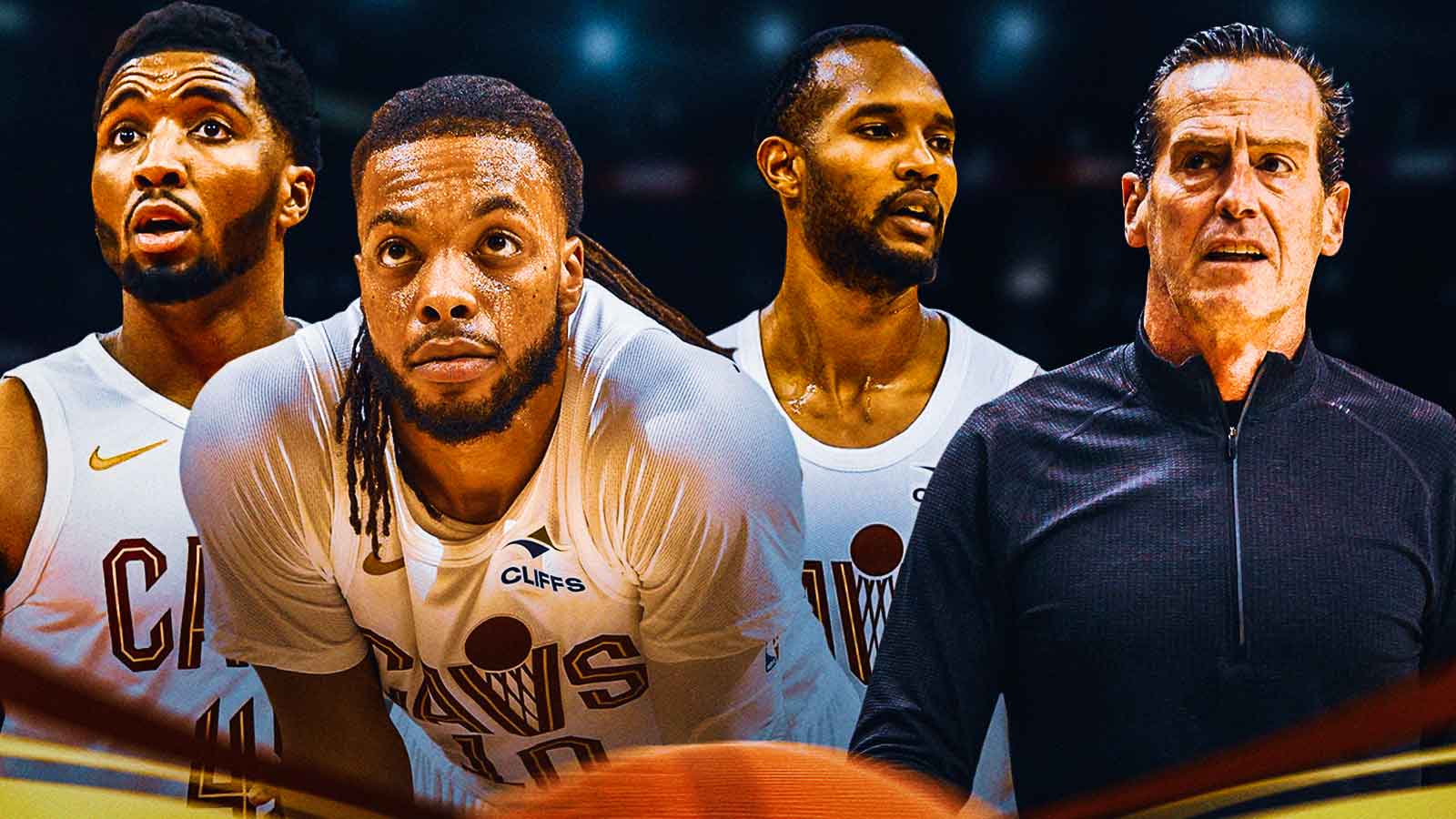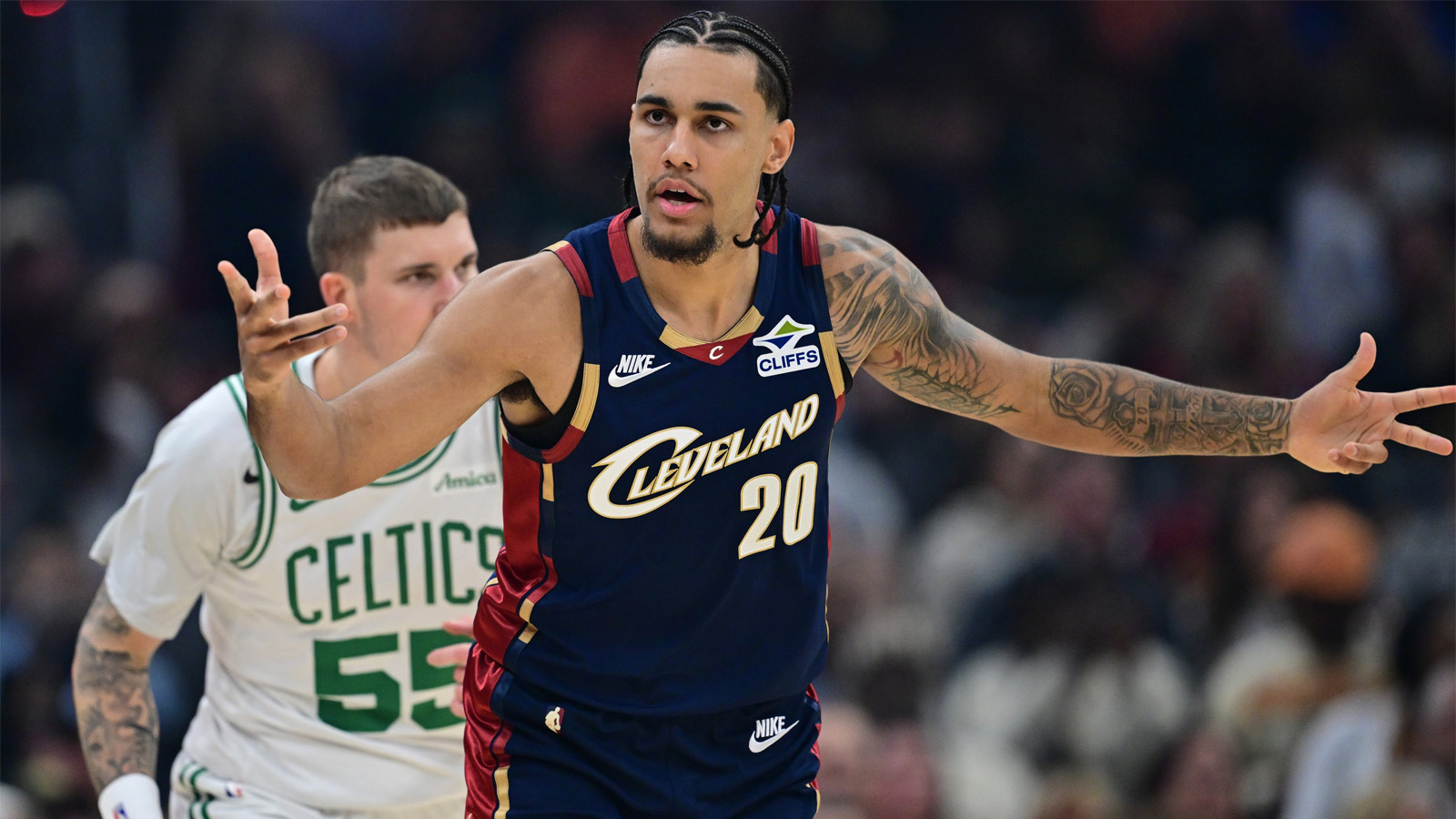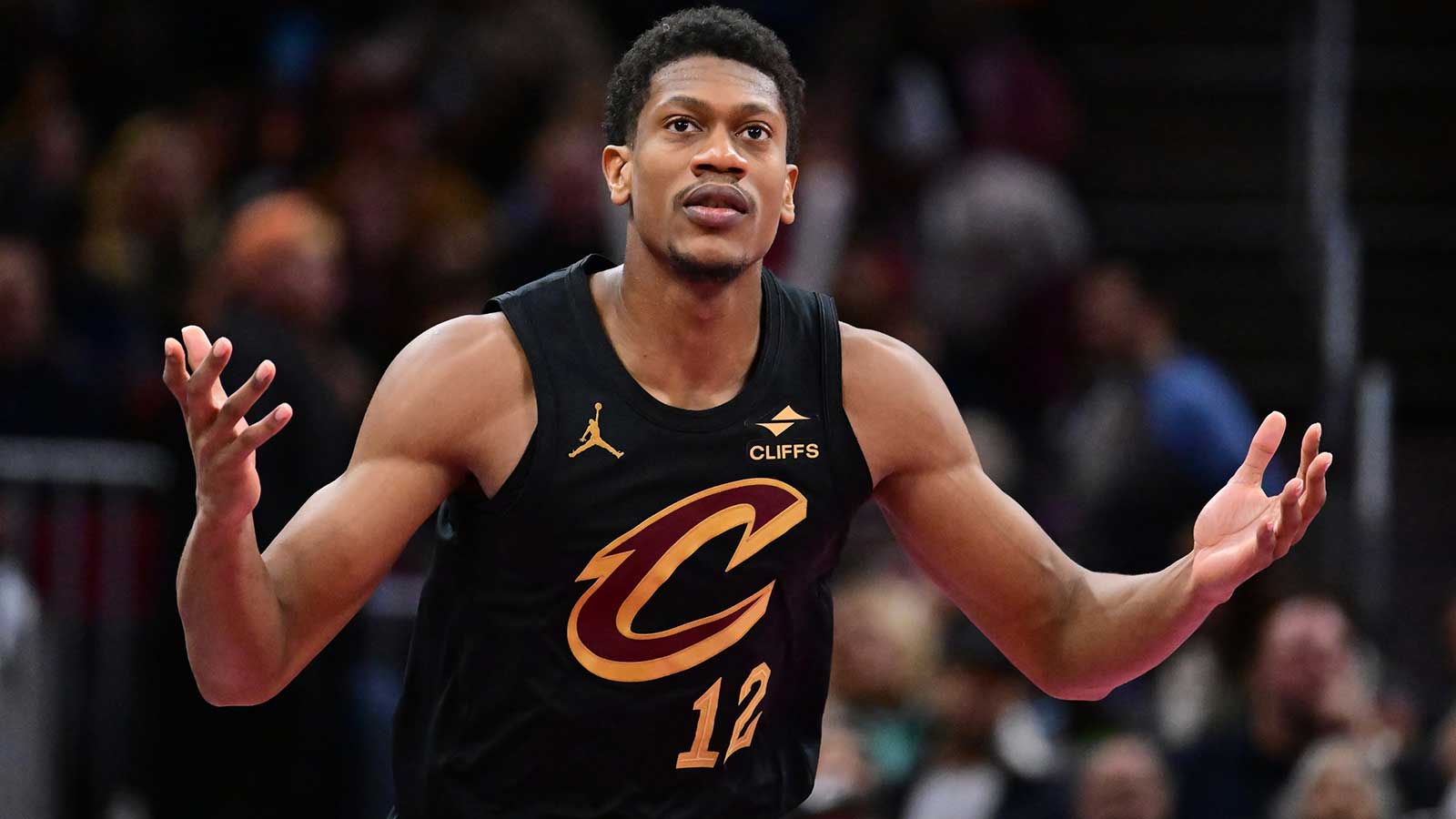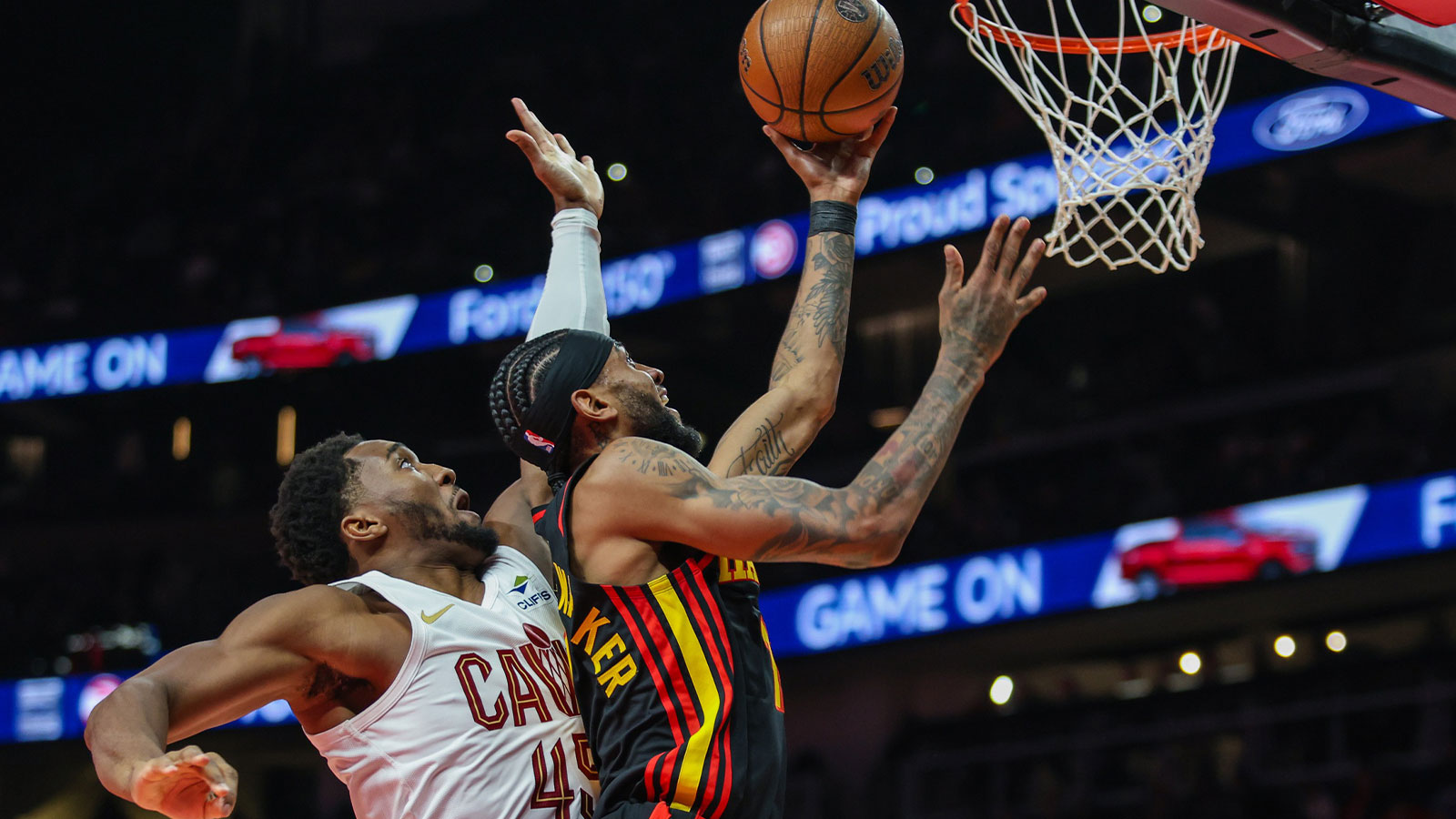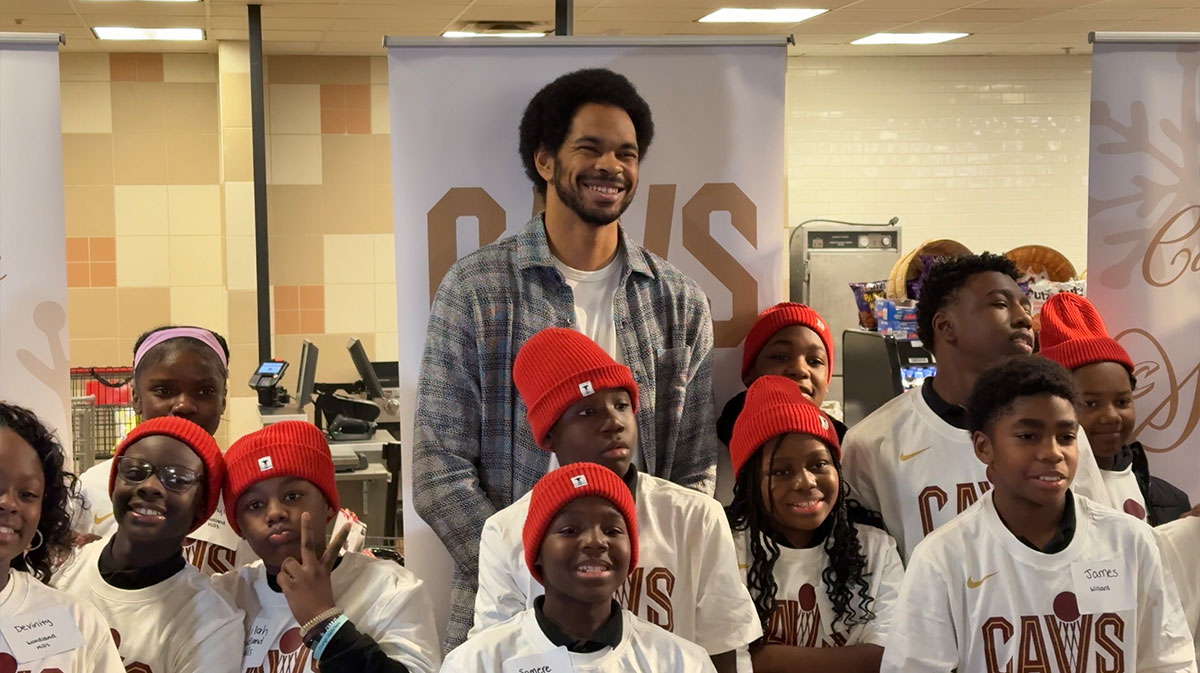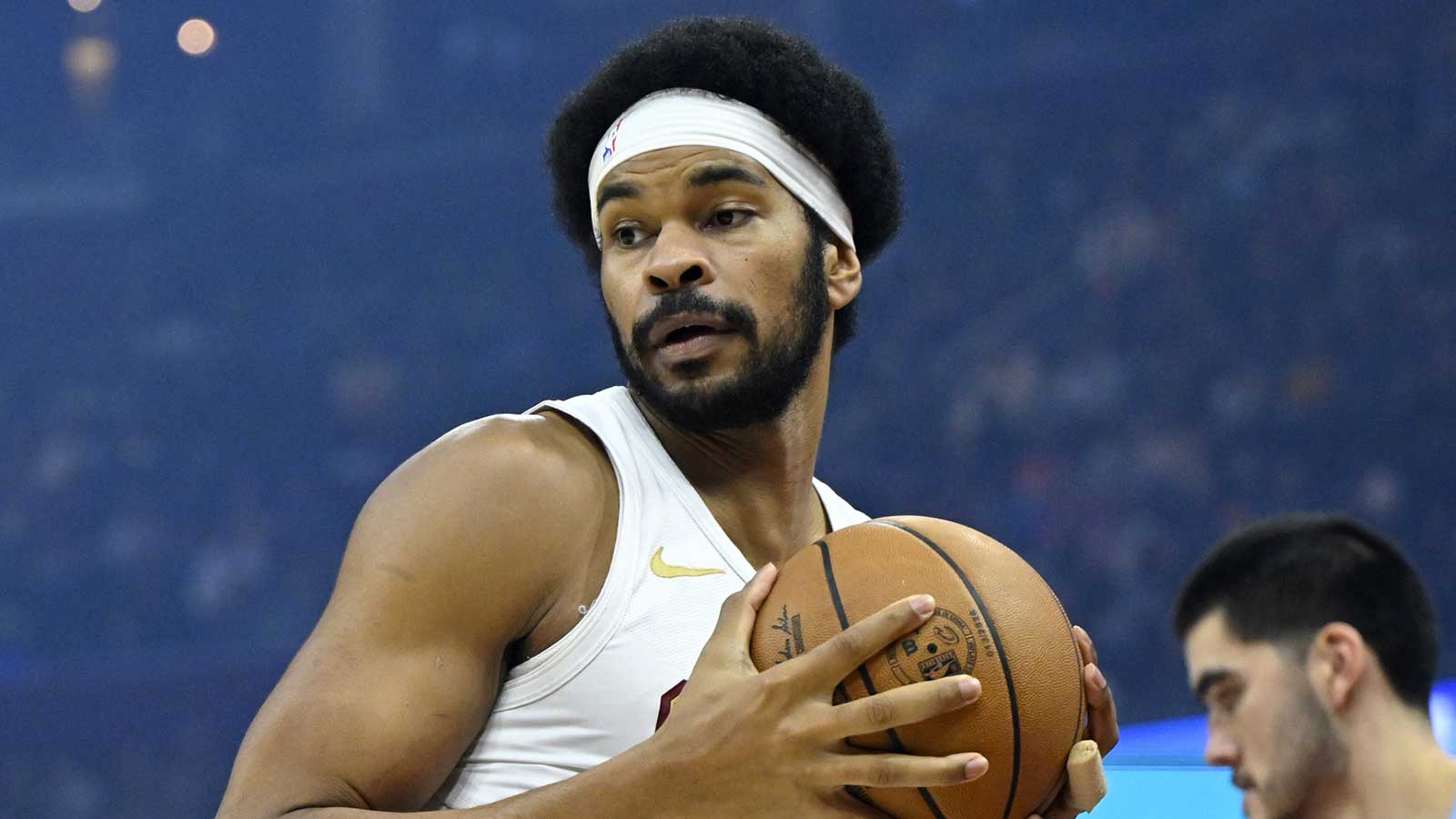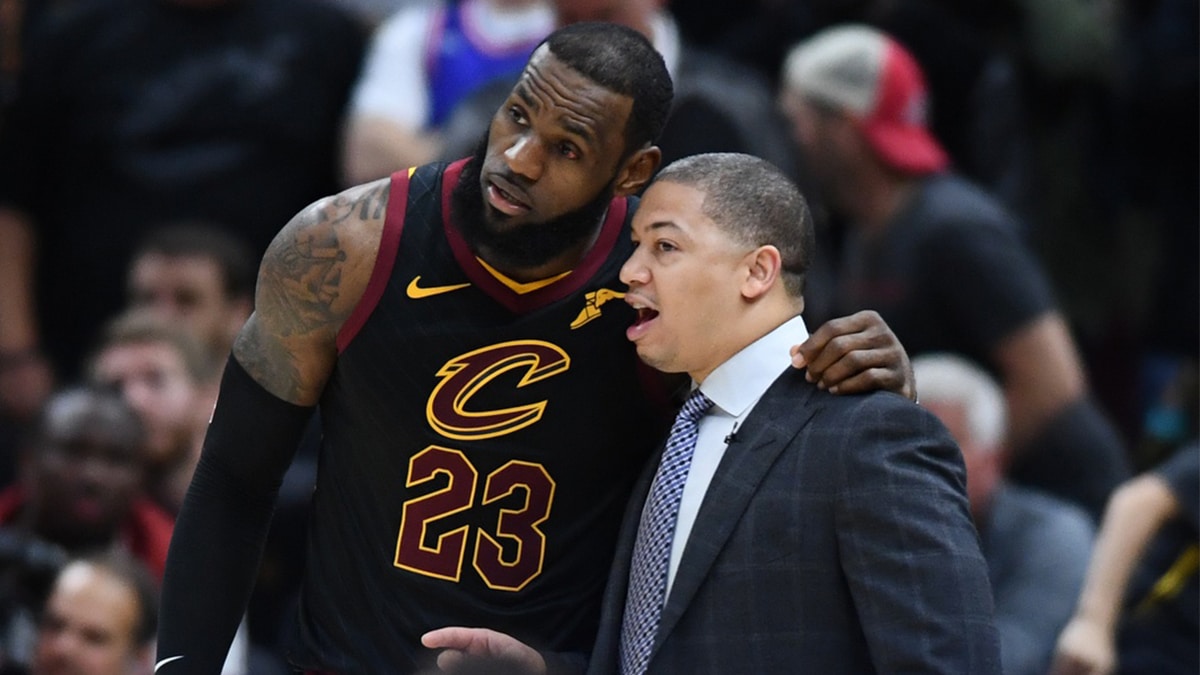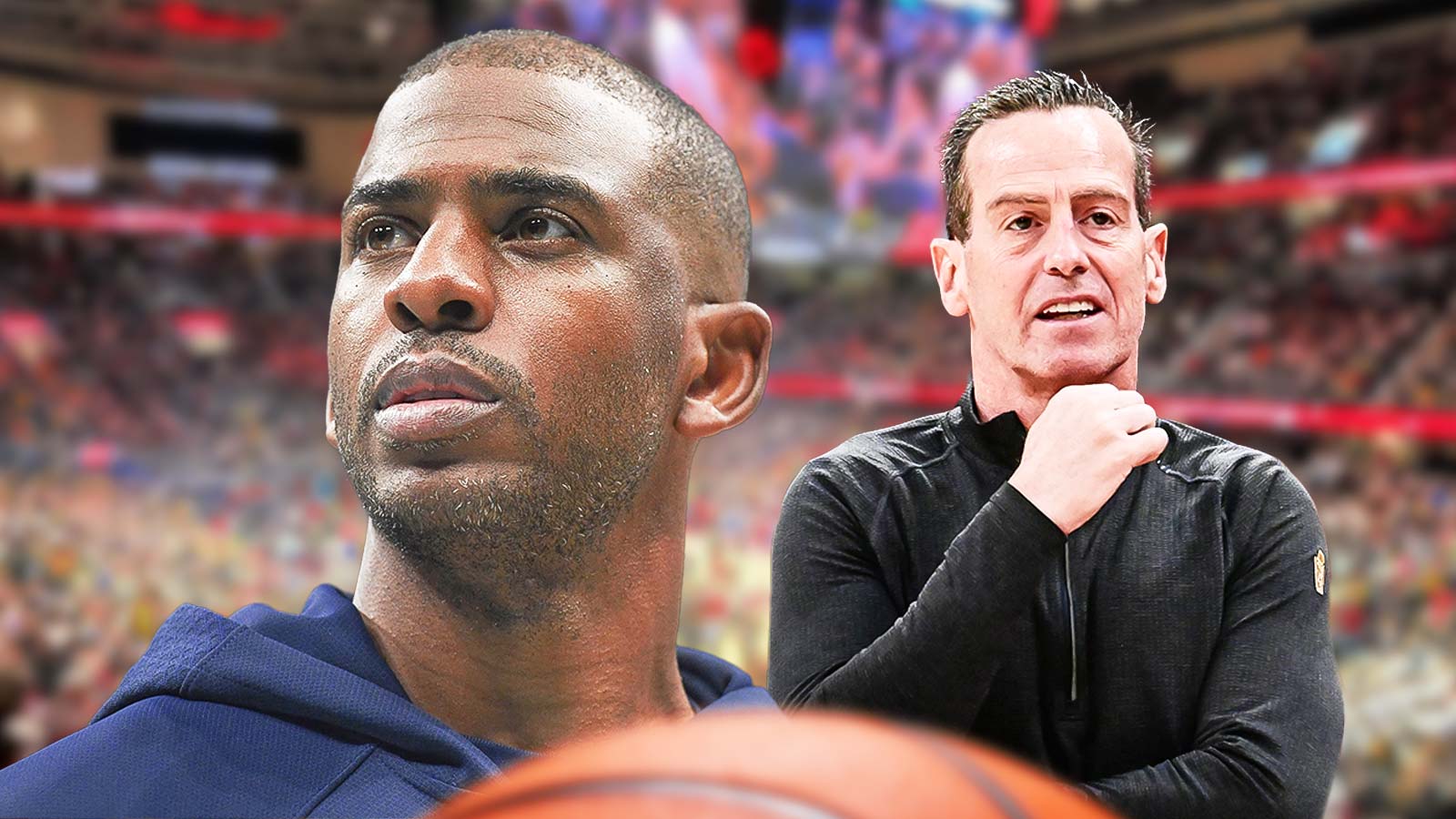For the Cleveland Cavaliers, fresh off an emphatic first-round sweep of the Miami Heat, Round 2 isn’t just a continuation, it’s a collision. And as the Indiana Pacers prepare to bring their relentless pace and perimeter firepower to the Eastern Conference Semifinals, the Cavs may be forced to do something unthinkable: limit Jarrett Allen's time on the court.
Allen was everything the Cavs needed in the first round. After missing most of last year’s postseason with a rib injury, he returned with a purpose. Against the Heat, Allen crashed the glass, held his own in space against Bam Adebayo, and anchored a defense that muted Miami’s sporadic offense. His quiet toughness was the spine of Cleveland’s dominance. And yet, in this new series, he could become a liability.
The Pacers don’t play like Miami. They don’t want to slug it out in the half-court or grind possessions to a halt. Indiana plays with speed, with layers of shooting, and with a structure that thrives on chaos. Myles Turner, their stretch five, is the trigger point. Unlike Adebayo, Turner lives beyond the arc, dragging centers out of the paint and opening the floor for Pascal Siakam and Tyrese Haliburton to drive.
If Allen can’t hold his own on the perimeter by hedging pick-and-rolls, recovering to shooters, and disrupting handoffs, the Cavs’ defense could hemorrhage points in bunches.
That’s where Evan Mobley comes in.
The Cavs can lean on Evan Mobley to deal with the Pacers' spacing
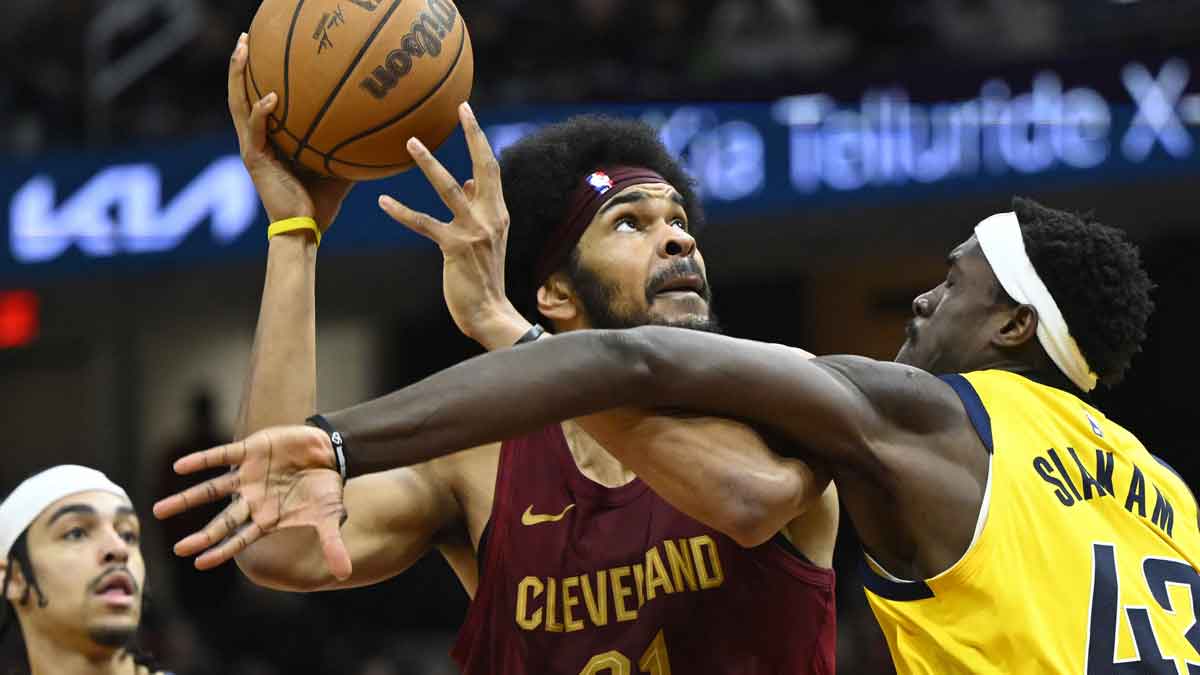
Mobley, already the most pivotal player in Cleveland’s postseason ceiling, quietly flipped the switch against Miami. After a passive Game 1, he exploded, averaging nearly 19 points while shooting 50% from three. He thrived once the Cavs leaned into a spread attack, operating as the lone big man and attacking mismatches in space. That version of Mobley, confident, versatile, and assertive, is built for this series.
And so are the lineups that surround him.
At times this season, head coach Kenny Atkinson has experimented with Mobley-at-center lineups, seemingly in preparation for this exact scenario. In those stretches, the Cavs traded size for spacing, bringing in De’Andre Hunter or Dean Wade at the four to stretch the floor and switch defensively. Now, that experiment may become the plan.
This plan isn’t an indictment of Allen. Instead, it’s an acknowledgment that his strengths might not fit the fight. The Pacers want to turn this series into a track meet. Allen, despite improved mobility, could struggle to keep up with Indiana’s floor-stretching pace. Atkinson, who has already shown a willingness to toggle rotations mid-game, won’t hesitate to pull the plug if the scoreboard starts to tilt.
That shift could come early. It might come often.
In a series expected to be high-octane, with both teams eclipsing 110 regularly. With that in mind, every possession becomes a referendum on adaptability on the playoff stage. Atkinson’s goal won’t be to bench Allen outright. Instead, it’ll be to survive stretches where spacing, speed, and defensive switching matter more than interior muscle. Allen might still be vital for the Cavs in fourth quarters or specific matchups. But Cleveland’s best bet to win the series could involve limiting his minutes until the game demands his strengths.
Cleveland has the pieces to beat Indiana at its own game
The Cavs’ offense can shoulder that burden. They’ve been the league’s most efficient unit all season, and their 136.2 offensive rating against Miami wasn’t just dominant, it was historic. No team in NBA playoff history has scored at a higher rate across a full series.
And against Indiana’s middle-of-the-pack defense, the Cavs’ shooting depth could be the equalizer. Ty Jerome, De’Andre Hunter, and Donovan Mitchell all caught fire in Round 1. Sam Merrill and Dean Wade provided a spark. Cleveland shot 47% from deep and built insurmountable leads in Games 3 and 4. The formula is there. But it only works if the right lineups stay on the floor.
That means Mobley playing center and Allen possibly sitting. It also means De’Andre Hunter, the trade-deadline acquisition brought in for this exact type of matchup, is taking on a major role. Whether it’s guarding Siakam in the post or switching onto Haliburton in transition, Hunter's defensive versatility is the key to unlocking the Cavs’ smaller lineup without surrendering too much on the other end.
Dean Wade could be another option. Atkinson trusted him late against Miami, and his ability to shoot, switch, and slide makes him a potential starter depending on the matchups. The Cavs don’t need Wade to dominate. They need him to hold his ground.
Because while the headlines will belong to Mitchell and Haliburton, this series will be decided in the margins, by how well Cleveland’s role players adapt and how quickly Atkinson makes the hard calls.
Benching Jarrett Allen would be one of them. But if Cleveland wants to advance, it might be the right one.
Expect the Cavs to make frequent adjustments in this series
This series won’t wait until Game 5 for adjustments. It won’t reward stubbornness. The Cavs and Pacers are too closely matched. They're two offensive juggernauts with stars on both ends, both capable of erasing deficits in a blink. The winner won’t just be the team that scores the most. It’ll be the one that dares to change first.
And if that means Jarrett Allen, the heart and hustle of Cleveland’s defense, watches stretches from the bench, it won’t be a punishment. It’ll be the cost of trying to win the only way possible: by outpacing the Pacers before Indiana outruns them.

